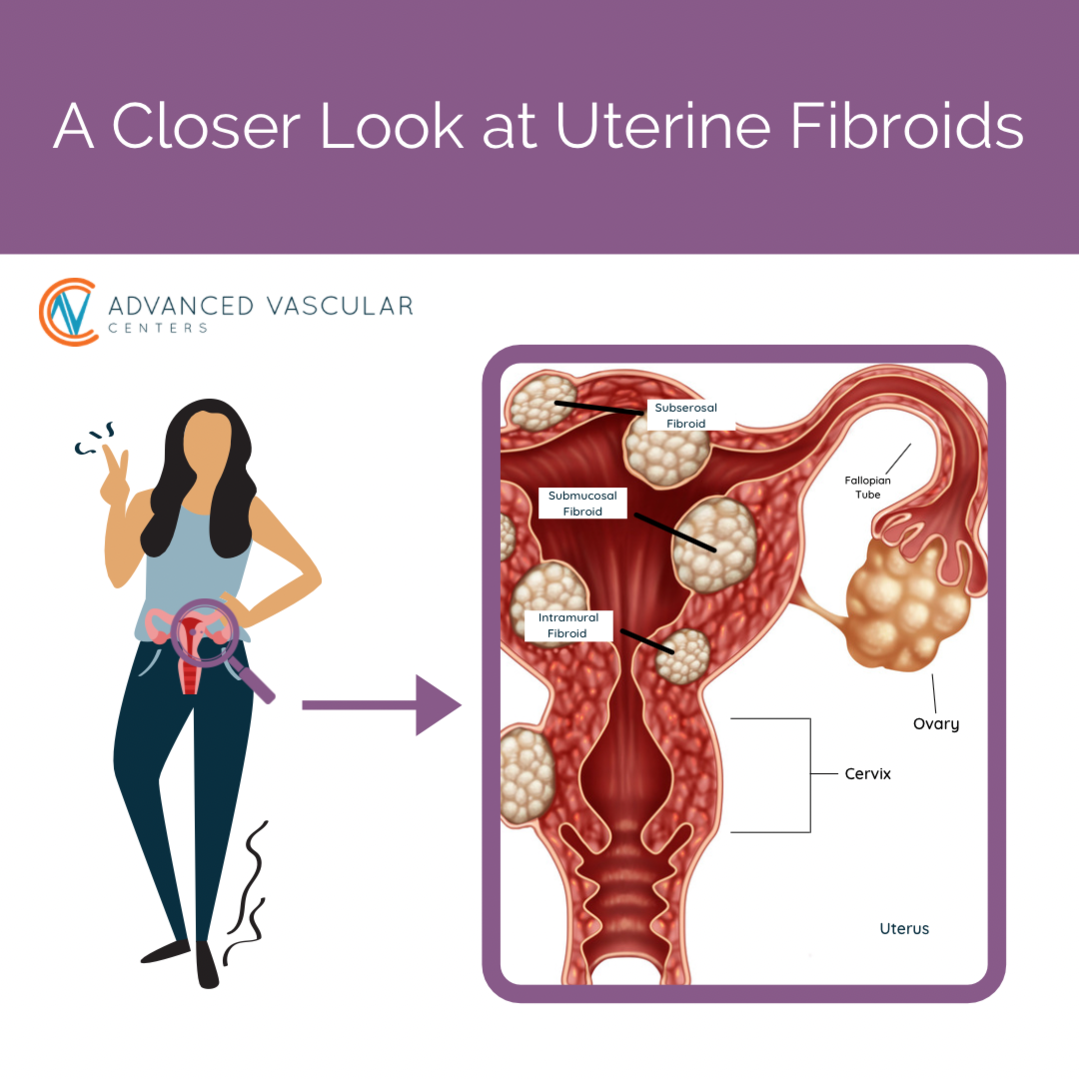DIALYSIS ACCESS
Dialysis access is a crucial component of renal replacement therapy for patients with end-stage renal disease (ESRD) who require dialysis. Dialysis access refers to the means by which blood is removed from the body, filtered through a dialyzer to remove waste and excess fluid, and then returned to the body. There are several types of dialysis access, including arteriovenous (AV) fistulas, arteriovenous grafts, and central venous catheters. This article explores the different types of dialysis access, their indications, complications, and management.
Contact AVC to see if you are a candidate for Dialysis.
Overview of
Dialysis Access
Dialysis access is essential for patients with ESRD who require regular dialysis treatments to remove waste and excess fluid from the blood. Without adequate dialysis access, patients cannot undergo hemodialysis or peritoneal dialysis, which are life-saving treatments for ESRD.
Types of Dialysis Access
- Arteriovenous (AV) Fistula: An AV fistula is created by surgically connecting an artery to a vein, usually in the arm. This creates a high-flow, low-pressure site for dialysis access. AV fistulas are considered the preferred type of access due to their long-term durability and lower risk of infection and thrombosis.
- Arteriovenous (AV) Graft: An AV graft is a synthetic tube implanted under the skin to connect an artery to a vein. AV grafts are used when a patient’s blood vessels are not suitable for an AV fistula. They are more prone to infection and thrombosis than AV fistulas but are still considered a viable option for dialysis access.
- Central Venous Catheter (CVC): A CVC is a temporary dialysis access used when immediate dialysis is necessary or when AV fistulas or grafts are not feasible. CVCs are associated with a higher risk of infection and thrombosis and are generally used as a bridge to more permanent access.
Indications for Dialysis Access
Dialysis access is indicated for patients with ESRD who require regular hemodialysis or peritoneal dialysis treatments. The type of access chosen depends on various factors, including the patient’s vascular anatomy, the anticipated duration of dialysis, and the patient’s overall health status.
Management of Dialysis Access Complications
- Thrombosis: Thrombosed access sites may require thrombectomy or thrombolysis to restore blood flow.
- Infection: Infected access sites may require antibiotics and, in severe cases, surgical debridement or removal of the access.
- Stenosis: Stenotic areas may require angioplasty or stenting to widen the blood vessels and improve blood flow.
- Hematoma: Small hematomas may resolve on their own, while larger hematomas may require drainage.
- Steal Syndrome: Steal syndrome may require surgical revision of the AV fistula or ligation of the feeding artery.
Dialysis access is a critical component of renal replacement therapy for patients with ESRD. AV fistulas are the preferred type of access due to their long-term durability and lower risk of complications. However, AV grafts and CVCs are also used when AV fistulas are not feasible. Complications of dialysis access include thrombosis, infection, stenosis, hematoma, and steal syndrome, which require prompt recognition and management to optimize outcomes for patients requiring dialysis.
Complications of Dialysis Access
- Thrombosis: Blood clots can form within the dialysis access site, leading to blockage and decreased blood flow.
- Infection: Dialysis access sites are prone to infection, which can be localized or systemic and may require antibiotics or surgical intervention.
- Stenosis: Narrowing of the blood vessels at the dialysis access site can occur, leading to decreased blood flow and increased risk of thrombosis.
- Hematoma: Blood can accumulate at the dialysis access site, causing swelling and pain.
- Steal Syndrome: In AV fistulas, blood can “steal” from the surrounding tissues, leading to ischemia and pain.
FAQS
Why is dialysis access necessary?
Dialysis access is necessary for patients with end-stage renal disease (ESRD) who require regular dialysis treatments to remove waste and excess fluid from the blood.
What are the different types of dialysis access?
The main types of dialysis access are AV fistulas, AV grafts, and central venous catheters. AV fistulas and AV grafts are considered more permanent forms of access, while central venous catheters are often used as a temporary solution.
How is dialysis access created?
AV fistulas and AV grafts are created surgically by connecting an artery to a vein, usually in the arm. Central venous catheters are inserted into a large vein, often in the neck or chest.
How long does dialysis access last?
AV fistulas and AV grafts are designed to last for many years if properly cared for. Central venous catheters are typically used as a temporary solution and may need to be replaced periodically.
How is dialysis access monitored and maintained?
Dialysis access sites are monitored regularly for signs of infection, thrombosis, or other complications. Patients are also advised to keep the access site clean and to avoid activities that may damage the access site.
Can dialysis access be removed?
AV fistulas and AV grafts can be surgically removed if they are no longer needed. Central venous catheters can be removed easily at the bedside.




